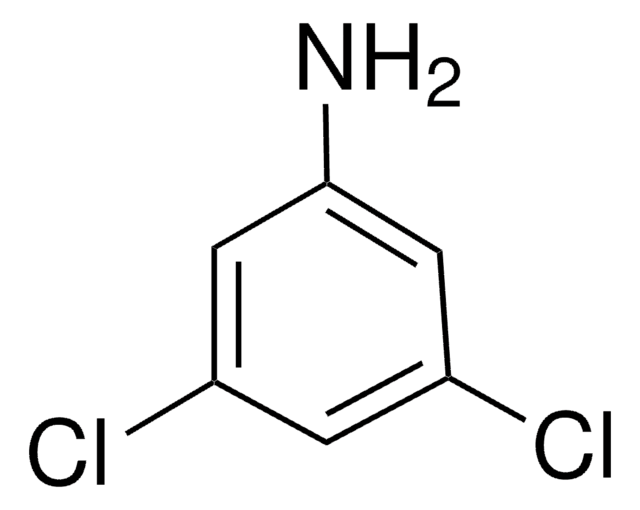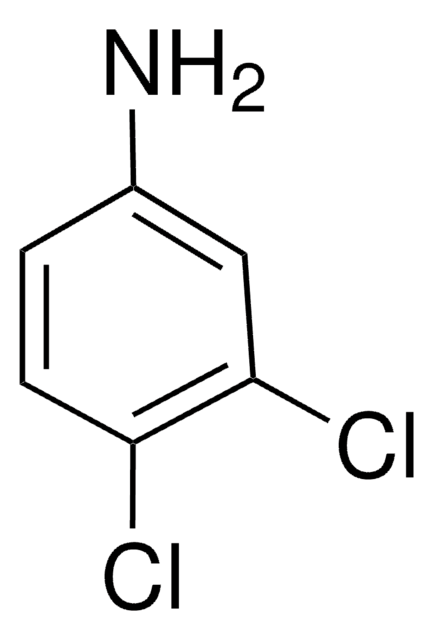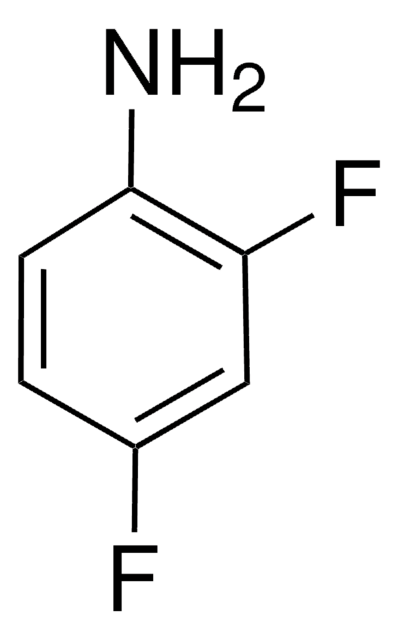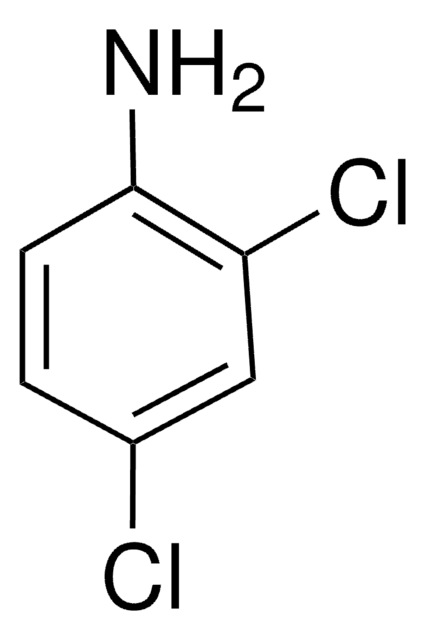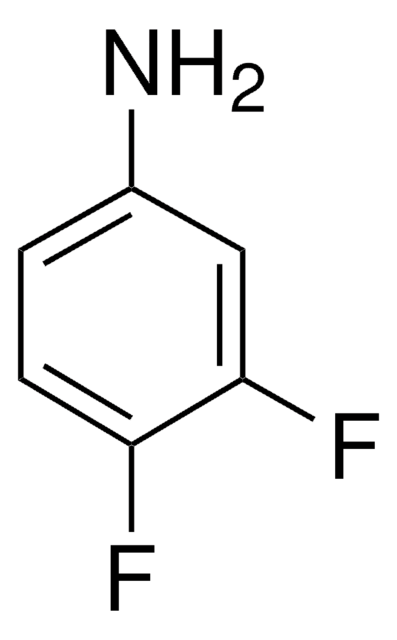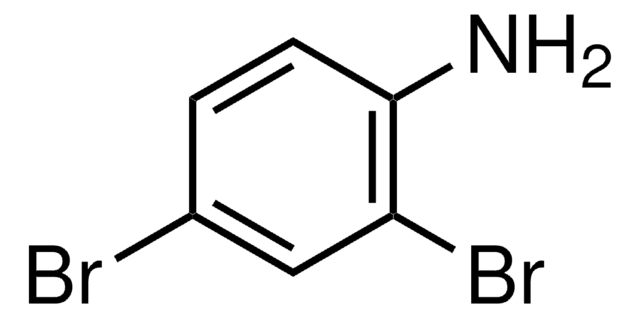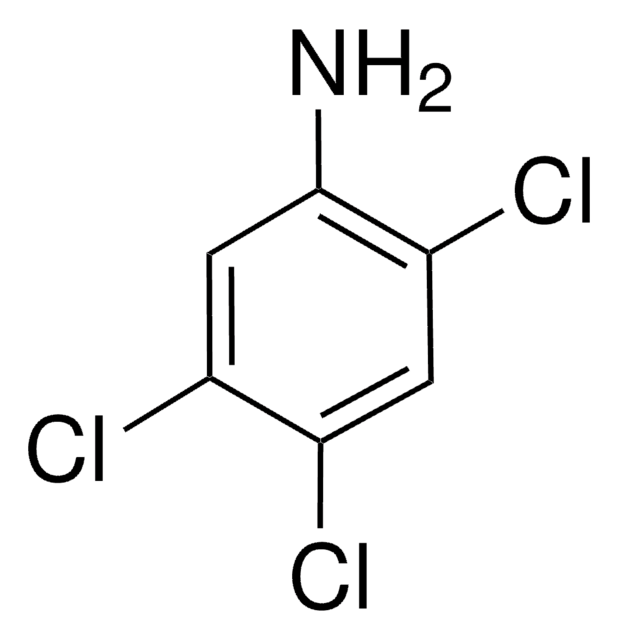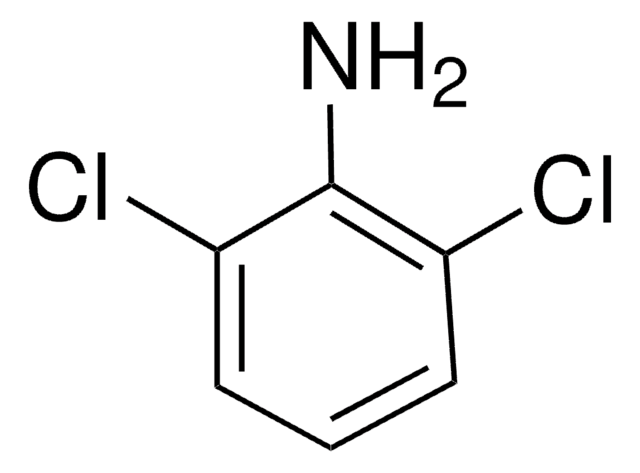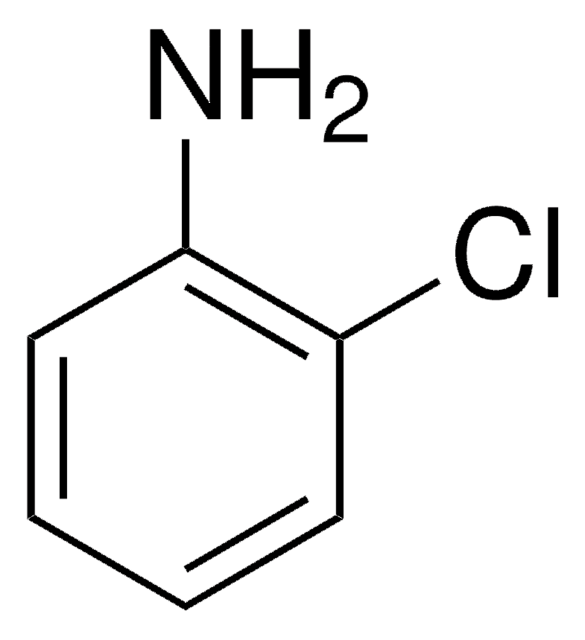112151
2,4-Dichloroaniline
99%
Synonym(s):
2,4-Dichlorophenylamine, 4-Chloro-2-chloroaniline
About This Item
Recommended Products
Quality Level
Assay
99%
form
solid
bp
245 °C (lit.)
mp
59-62 °C (lit.)
functional group
chloro
SMILES string
Nc1ccc(Cl)cc1Cl
InChI
1S/C6H5Cl2N/c7-4-1-2-6(9)5(8)3-4/h1-3H,9H2
InChI key
KQCMTOWTPBNWDB-UHFFFAOYSA-N
Looking for similar products? Visit Product Comparison Guide
General description
Application
- Phototransformation of 2,4-Dichloroaniline: Studies the phototransformation of 2,4-Dichloroaniline in freshwater environments, crucial for understanding its environmental degradation and implications for water purification technologies (Ucun et al., 2021).
Signal Word
Danger
Hazard Statements
Precautionary Statements
Hazard Classifications
Acute Tox. 3 Dermal - Acute Tox. 3 Inhalation - Acute Tox. 4 Oral - Aquatic Chronic 2
Storage Class Code
6.1A - Combustible acute toxic Cat. 1 and 2 / very toxic hazardous materials
WGK
WGK 3
Flash Point(F)
239.0 °F - closed cup
Flash Point(C)
115 °C - closed cup
Regulatory Listings
Regulatory Listings are mainly provided for chemical products. Only limited information can be provided here for non-chemical products. No entry means none of the components are listed. It is the user’s obligation to ensure the safe and legal use of the product.
PRTR
Class I Designated Chemical Substances
ISHL Indicated Name
Substances Subject to be Indicated Names
ISHL Notified Names
Substances Subject to be Notified Names
JAN Code
112151-500G:
112151-5G:
112151-BULK:
112151-100G:
112151-VAR:
Choose from one of the most recent versions:
Already Own This Product?
Find documentation for the products that you have recently purchased in the Document Library.
Customers Also Viewed
Our team of scientists has experience in all areas of research including Life Science, Material Science, Chemical Synthesis, Chromatography, Analytical and many others.
Contact Technical Service